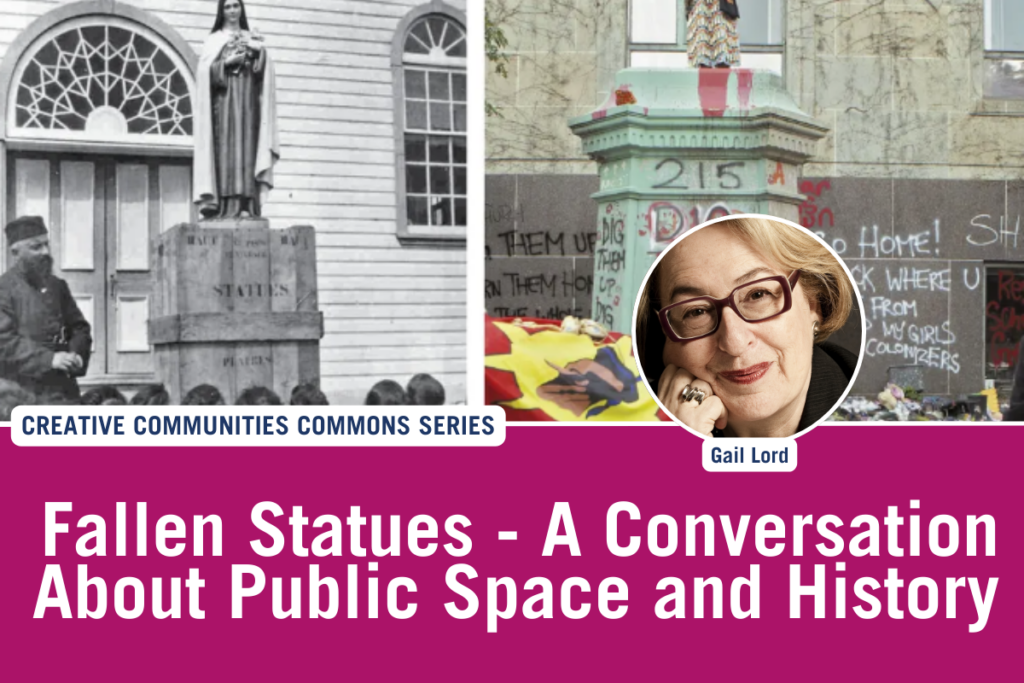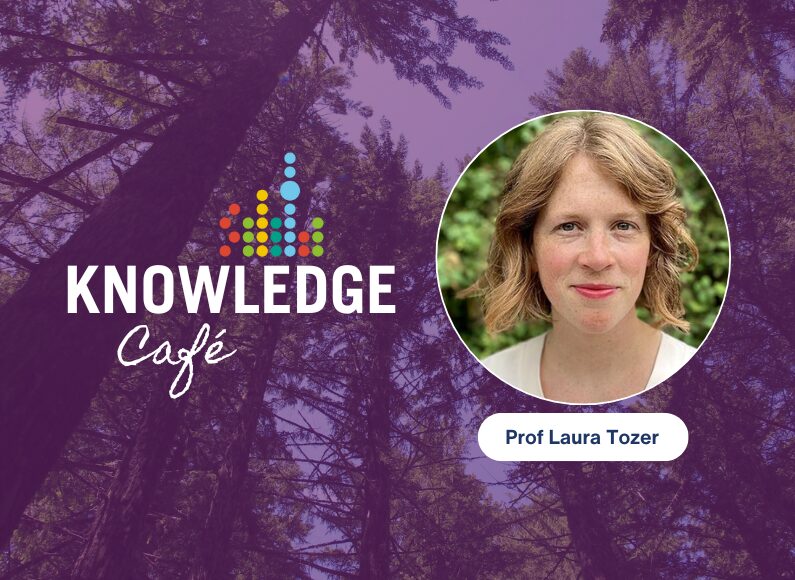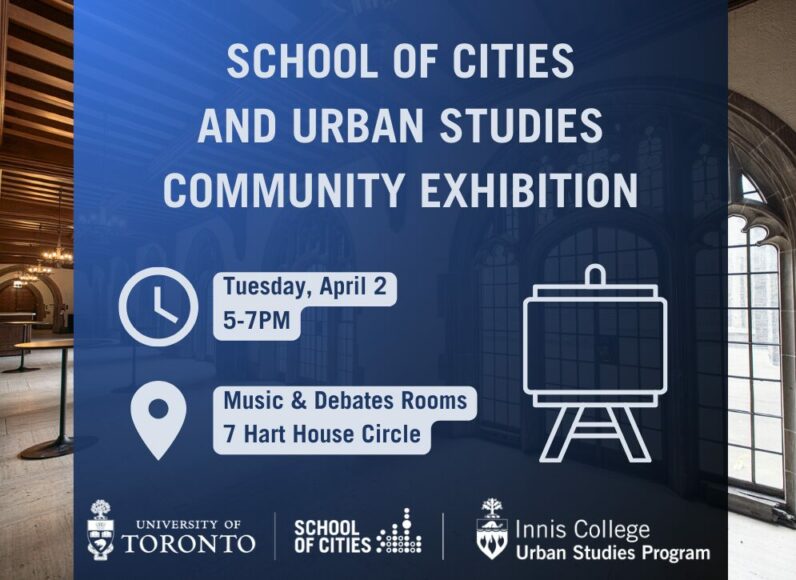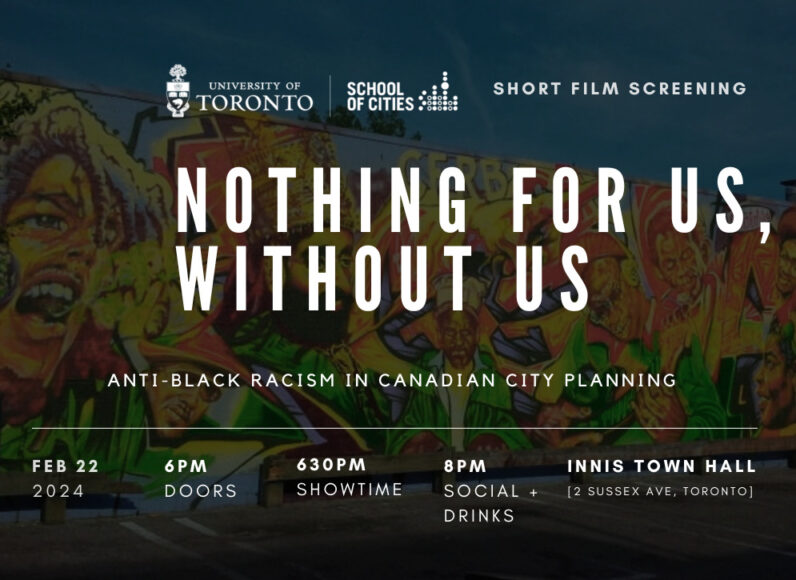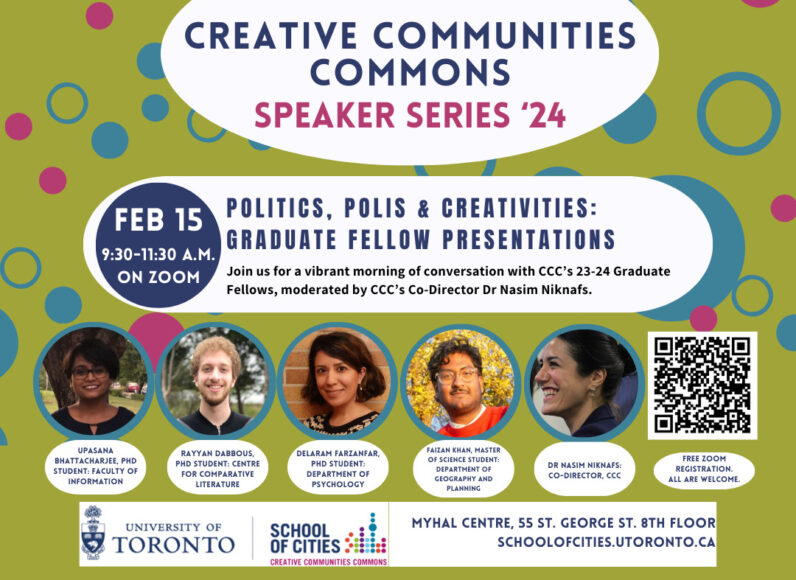Gail Dexter Lord (BA 1968 UC) has just joined the School of Cities as senior advisor on cultural planning as part of our Creative Communities Commons.
As you may know, 41 years ago, Gail co-founded Lord Cultural Resources, a global firm with headquarters here in Toronto that is the world’s largest professional practice dedicated to making the world a better place through culture, and she remains one of the world’s foremost museum planners.
Over the course of the firm’s 2,000+ projects, Gail has had ample opportunity to think about public space, and whose art, cultures, and histories are enshrined there – a topic that has gained increased currency in the “toppled monuments” discussions taking place around the world. Many of these discussions are asking people to make binary choices along the lines of “good” or “evil.” But human history (and the individual actions that are part of that) is better understood with an appetite for complication and nuance: two things that do not tend to thrive in the public square.
In a recent op-ed in “The Globe and Mail,” Gail calls for removed works to be placed in an Aware-house (not a ware house, but an “aware-house”) where the works would be removed from public space, where people do not have the choice of whether to interact with these works and their histories, and instead place them in an Awarehouse where the works can be contextualized and discussed by activists, curators, historians, political scientists, sociologists, as well as by and with the general public.
About The Creative Communities Commons (CCC) Speaker Series
The CCC exists to provide a node of open participation and the free exchange of intellectual resources and expertise among academia, the arts sector, community leaders, civil society, the private sector, and the public sector who share interest in:
- Arts and culture as a sector within every human community, as well as
- How the arts and culture sector interacts with the other sectors in our communities (like the environment, housing, immigration, public health, and transportation)



